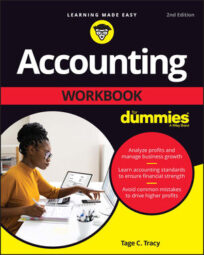In deciding on its cost of goods sold expense method of accounting, a business first determines whether the products it sells are fungible or unique. Fungible means that products are interchangeable and virtually indistinguishable from one another.
A unique product is the only one of its kind; no other product is like it in all respects. An example of a business that sells unique products is a jeweler that sells high priced rings, necklaces, brooches, and so on. Each piece is different than the others.
Most products you buy in a grocery store or fungible. The iPods that Apple sells are fungible. Apple sells different models of iPods, but within each model category the products are fungible.
Fungible products are typically purchased in batches. The cost per unit of each successive batch typically fluctuates over time. This poses a dilemma; the business must choose which accounting method to use for recording cost of goods sold expense.
Over the years, the accounting profession hasn’t managed to settle on just one method for recording cost of goods sold expense and inventory cost for fungible products. A business can choose whichever method it wishes from among the generally approved methods, which are as follows:
Average cost method: The costs of different batches of products are averaged to determine cost of goods sold expense and ending inventory cost.
First-in, first-out (FIFO) method: The costs of batches are charged to cost of goods sold in the order the batches are acquired, and the cost of ending inventory is from the most recent batch(es) acquired.
Last-in, first-out (LIFO) method: The costs of batches are charged to cost of goods sold in the reverse order that the batches were acquired, and the cost of ending inventory is from the oldest batch(es) acquired.
The one universal rule is that a business can’t mark up its ending inventory (that is, its stockpile of unsold products on hand at the end of the year) to the current replacement cost values of the products. In short, GAAP doesn’t allow market value appreciation of inventory to be recorded.

